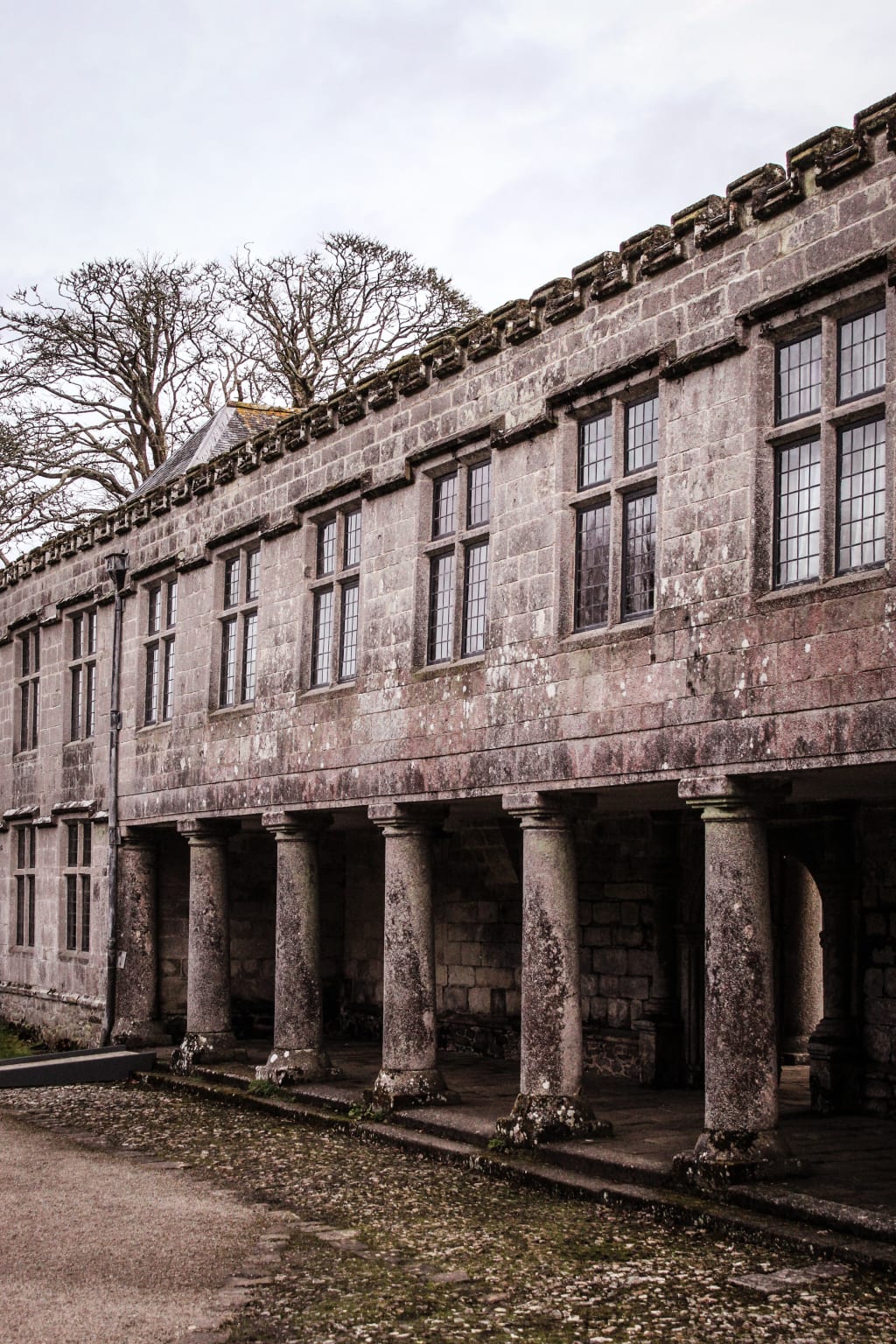Xixia: an ancient city submerged in the sand sea of the Western regions
In 1909, a Russian colonel and member of the Russian Royal Geographical Society, Kozlov, led a heavily armed "expedition" to Heicheng in Inner Mongolia, China, under the banner of wildlife inspection, in order to test a long-standing legend. The legendary treasure was finally revealed under the crazy excavation of the Russian bandits, but it also gave a huge trauma to the history of Chinese archaeology, and countless treasures were scattered in foreign countries. The precious artifacts were smuggled to St. Petersburg in 40 camels and put on public display in Russia, causing a sensation around the world. The discovery is recognized as the third largest discovery of ancient documents in China after the oracle bones of Yin Ruins and Dunhuang Manuscripts...

1. The secret treasure of Blackwater City
There is a legend in Inner Mongolia folk has been: hundreds of years ago, in a military town of xixia kingdom silver moon had stationed on a "general O'hara," his name is ha, bateer (Mongolian language, meaning the black hero), since the day bateer warrior, is deep the emperor, the emperor and his young daughter betrothed to general black do ha, Mrs (meaning).
Later, the black general was full of feathers, powerful, even coveted the imperial power, attempted to unify the world. This plot was learned by the princess, she will be the black general plot to usurp power of the news reported to the father. In a rage, the emperor sent tens of thousands of troops to attack Heicheng and offered a reward for the capture of Harzhibaatar. However, the army on the black city for a long time, in order not to make the black general escape, had to besiege the black city. In order to conquer Heicheng, the emperor of the Western Xia Dynasty invited a sorcerer to make a potions. The sorcerer said, "The ground of Heicheng is high and the river is low. The besieging officials have dug Wells outside the city and there is no water, but the soldiers and people inside the city have no hunger or thirst. So the Xixia soldiers used their helmets to hold sand and soil and built a huge earth dam in the upper reaches of the Heihe River to cut off the water supply in the city. After a short time, the city ran out of water, and the soldiers were hungry and thirsty. They had to dig a well in the northwest corner of the city for water, but no water was found. Seeing that the city was at stake and defeat was a foregone conclusion, the Black General decided to have a final showdown with his opponent. Before the war, in case of case, he put more than 80 cars of gold stored in the library together with other incalculable treasures all into this dry well, and personally killed his wife and children. After everything was done, General Hei broke the wall and made a hole in the northwest of the city, and led his soldiers to the battle. They rushed into the enemy camp at the first step. After desperate fighting, the whole army was destroyed due to a huge gap in numbers.
At present, on the wall of the northwest corner of the ruins of Heicheng can be seen a cave that allows people to ride camels to enter and exit, which is said to be the cave where the Black general broke through. The big hole in the northwest of the Black city is said to be the deep well that buried the treasure of the city without water in those days. The tall sand ridge, known locally as "BogedeBozhig", is said to be the dam that the army built to intercept the water.
After the Western Xia Emperor's army captured the city of Heishui, it was completely destroyed, and from then on it became a desolate ruin. Since then, the neighboring Han Chinese and local Mongols have made several trips to Blackwater in an attempt to discover these treasures, but either failed to return or mysteriously disappeared, it is said that the Black General left a fatal spell before his death. As the locals avoided Blackwater for fear of its ghosts and spells, it gradually became a wastelage and became known as the "City of the Dead."
2. The international thief's trip to the black city
Heicheng Site is located in the desert on the east bank of Nalyn River, about 35 kilometers southeast of Dalaikubu Town, Ejin Banner, Inner Mongolia Autonomous Region. It is the only known city named in Dangxiang People's language. Dangxiang people called Heishui "Ejin", Heishui City is Ejin City, and Mongolian called "Kalahot". There used to be quite a large body of water here, the famous ancient residence Yanhai alone, covering 726 square kilometers. Blackwater City is in the middle of three oases facing water. In February 1226 AD, the city of Blackwater experienced a devastating bloody battle, and now the ground outside the city is covered with broken bones, half buried in the sand, perhaps when the city was slaughtered. Overlooking the tall outer wall of Heicheng in the distance, although after years of wind erosion, but faintly visible that the splendor of the whole city.
The existing city wall for the Yuan Dynasty expansion built, the plane is rectangular, 434 meters long from east to west, 384 meters wide from north to south, around about 1600 meters, the highest up to 10 meters, the east and west sides open the gate, and built a Wengcheng. On the northwest corner of the city wall, there is a pot-covered pagoda with a height of 13 meters. The ruins of the government offices, palaces, Cangao, Buddhist temples, residential houses and streets in the city are still vaguely discernible. In the southwest corner of the city there is an Islamic arch north, standing majestically on the ground. This deathly silent human relic has lain dormant in the desert for six centuries. In 1907, Russian geographer and naval Lieutenant Colonel Kozlov organized another "Dead City tour", which was his sixth time to set foot on Chinese soil. Originally, he planned the expedition to explore Mongolia, Qinghai and the western and northern parts of Sichuan. But the following year, while traveling through the Gobi in southern Mongolia, he was reminded of the legendary Black City that Marco Polo had mentioned in his travels of the 14th century. He immediately decided to go to the legendary "city of the dead." With Darch's help, Kozlov and his four expedition members travelled "light" and entered the Black City without difficulty, where he began his dig. The date was March 19, 1908.
They unearthed more than 10 boxes of silk Buddhist paintings, coins and other cultural relics from the city's streets and temple ruins. These relics were transported to St. Petersburg, the antiquities of the unknown text and the unique shape of the Buddha, the Russian Geographical Association immediately made a decision: Kozlov expedition to abandon the original plan to enter the river, immediately return to Blackwater City, at all costs, to start a large-scale excavation.
"In haot spent a few days time, expedition to harvest many and varied, books, letters, metal coin, women's accessories, furniture and daily necessities, the figure of Buddha, and other goods, quantity can be used to calculate, we harvest is full these days, 10 heavy mail items, later, We sent them to the Royal Russian Geographical Society and the Russian Academy of Sciences." "I will never forget the feeling of surprise when I finally found a Buddha statue in ruins No. 1," Mr. Kozlov said. In May of the same year, Kozlov hired a group of migrant workers from the local area and began the second excavation in the Black City, which was a large-scale savage excavation. "The city of death was revived, and a group of people began to move here, tools made noise, and dust flew in the air". When they opened a large pagoda on the right bank of a dry riverbed about 400 meters west of the city, they discovered a splendid "history museum." It is a pagoda with POTS and mortar, and it contains many Buddhist statues and hundreds of books, paintings, scriptures, etc., which have been restored to the light of the art treasures still shining in the ruins of the era.
Kozlov found this "great tower", almost see the tower on the dig, in the Black city around a total of more than 30 towers dug, almost destroyed 80% of the Black city tower! After nine days of extensive digging, they destroyed almost all of the city and its towers, and Kozlov became famous for the artifacts he excavated. He dug up not only more than 2,000 kinds of codex books, but also 300 Buddhist paintings and a large number of small wooden, bronze and gilded Buddha statues.
In St. Petersburg, Kozlov created a sensation by displaying documents he brought back from the Chinese city of Blackwater. Yifengge, a famous Russian Sinologist, found a volume of "The Pearl in the Palm of the Chinese and Panhan Heshi" in piles of documents, which turned out to be a double dictionary of Western Xia and Chinese. Kozlov twice with humpback transport, was the Chinese medieval Xixia Dynasty 190 years of history! This minority dynasty, rising in 1038 AD, formed a tripartite rivalry with the Northern Song Dynasty, the Liao Dynasty, the Southern Song Dynasty and the Jin Dynasty, and quickly pushed its politics, economy and culture to the peak.
3. The Western Xia Empire under Helan Mountain
With Kozlov gone, we are left with a scarred black city. Kozlov in the savage excavation at the same time, he also very clearly know what it means to do so, but, greed or take the upper hand of his heart, Kozlov let Black City scarred! Because of his barbaric behavior, Kozlov seemed to have a "conscience" when he left Black City. He wrote in his "expedition" : "As the distance between the expedition and the city of death increased, the involuntary sadness became more and more intense to control me. It seemed to me that in this lifeless ruin there remained something dear to me, something dear to me that would ever be associated with my name, something I could not bear to part with. I look back many times this is covered with the dust of the castle, and in his "old friend" goodbye, I realized with a sort of terrible feeling, kara haot city (black city) is now only a single tower, standing on the tower's content has been irrevocably death -- to destroy the human curiosity and learning spirit..."
The pale black city has become the eternal heartache of those who are still concerned about the Western Xia culture today. In addition, it is about to be buried in the desert to confirm such an indisputable fact: today is buried in the sand sea city is the most beautiful and particularly developed city in the Western Xia Kingdom, and every dune here is the home of the herders in the past! White cow bones, remaining rubble, archaeological experts just found 600 years ago children mummified corpse... They all speak of the Black City's past.





Comments
There are no comments for this story
Be the first to respond and start the conversation.